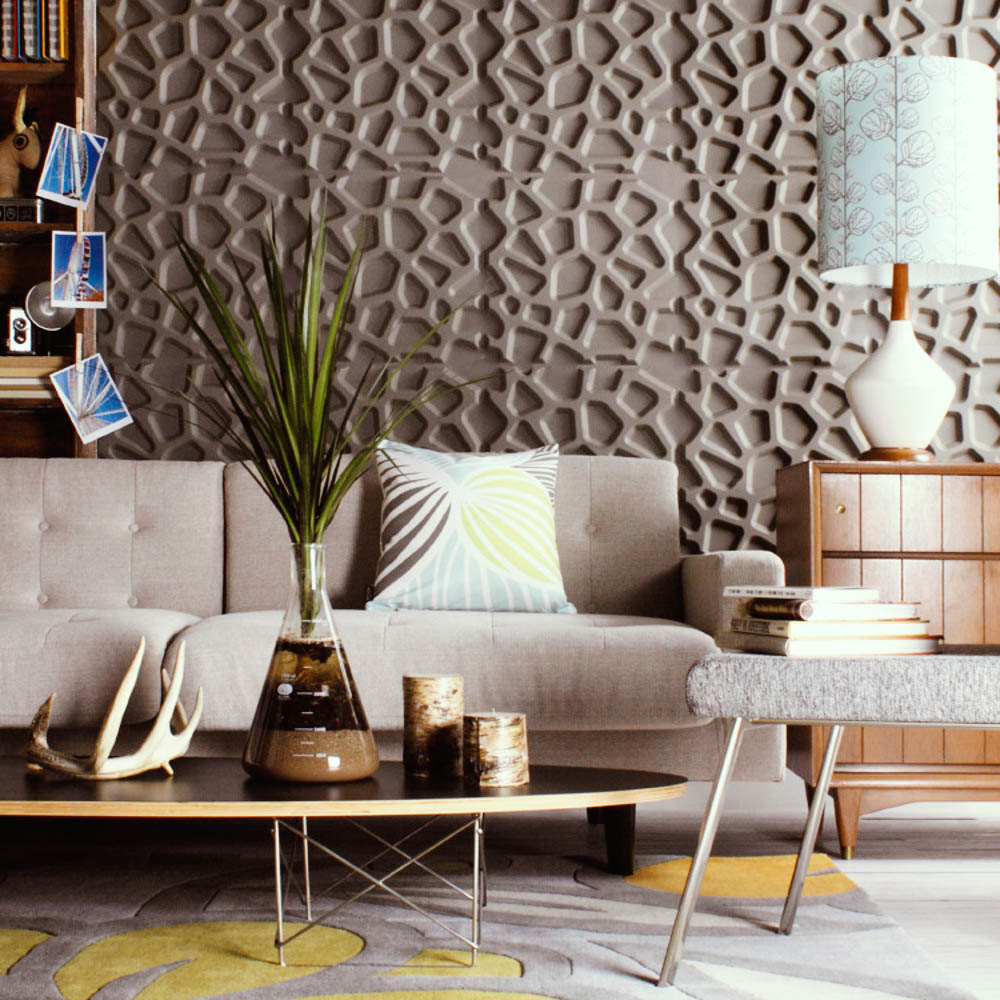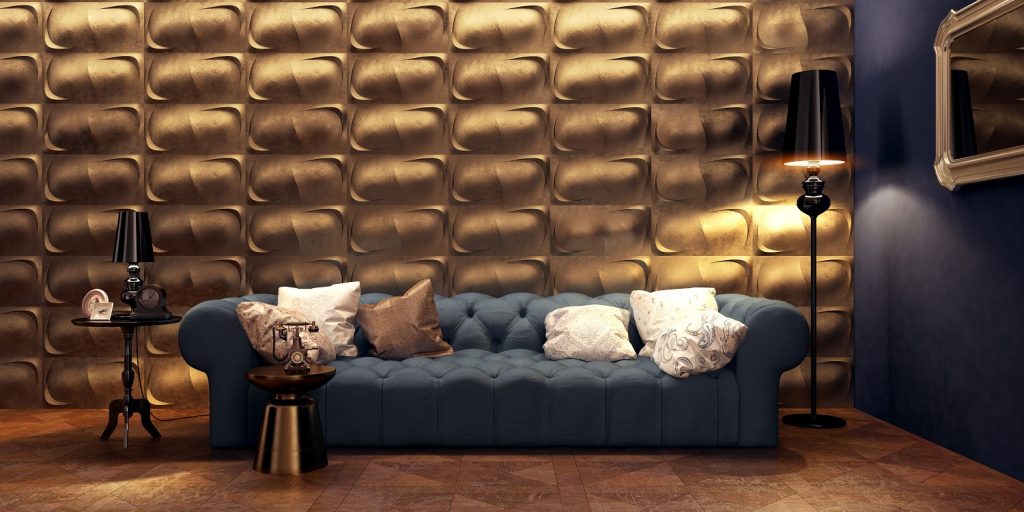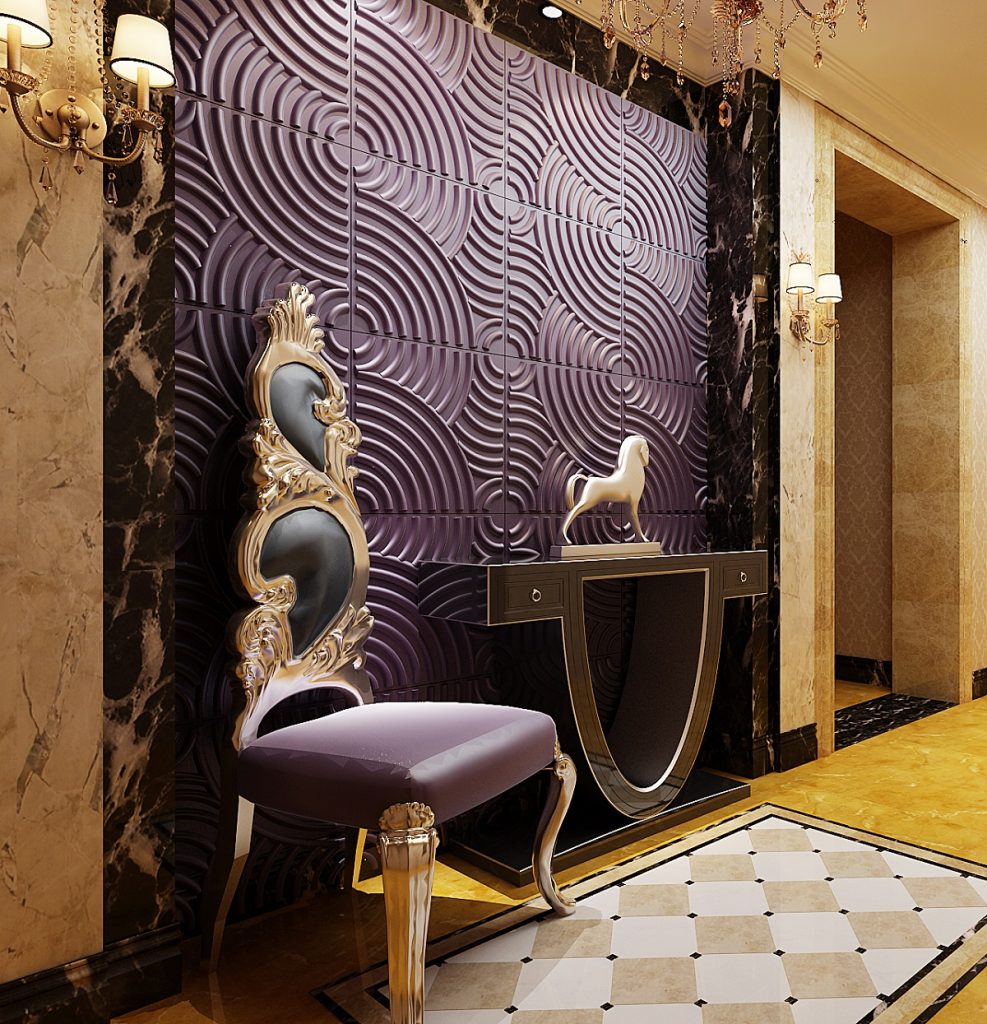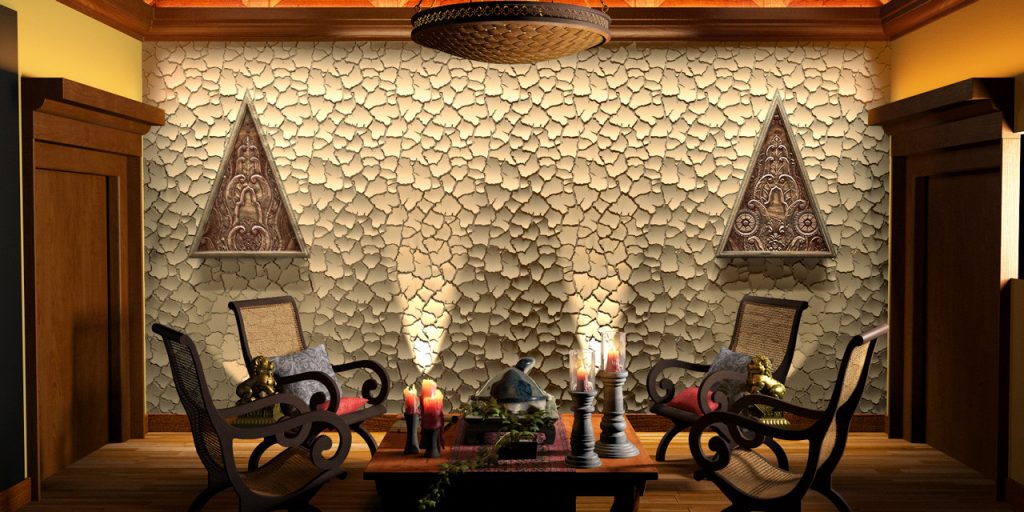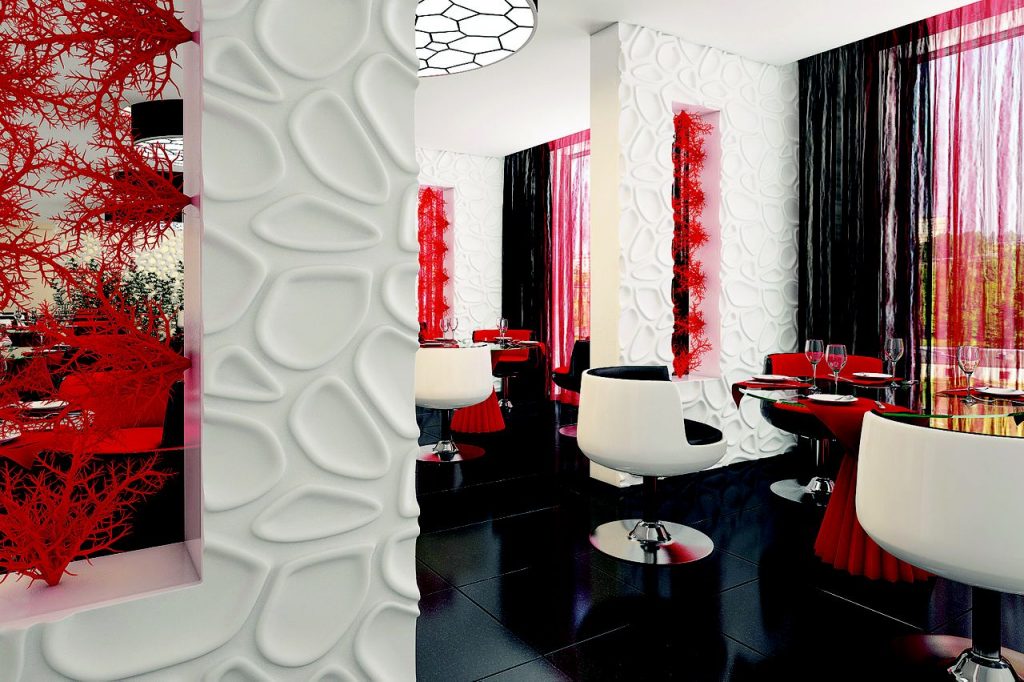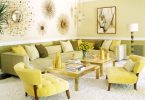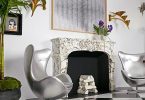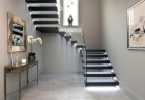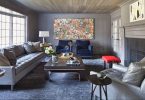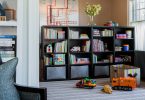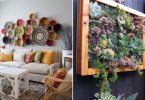Wall panels 3D
Technologists and designers do not get tired of releasing new products that amaze consumers with their appearance and more advanced properties. 3d technology is the hallmark of the last century. She significantly changed the idea of the world of cinema, allows you to enjoy the innovations of stretch ceilings and self-leveling floors with this effect. The turn came to wall panels.
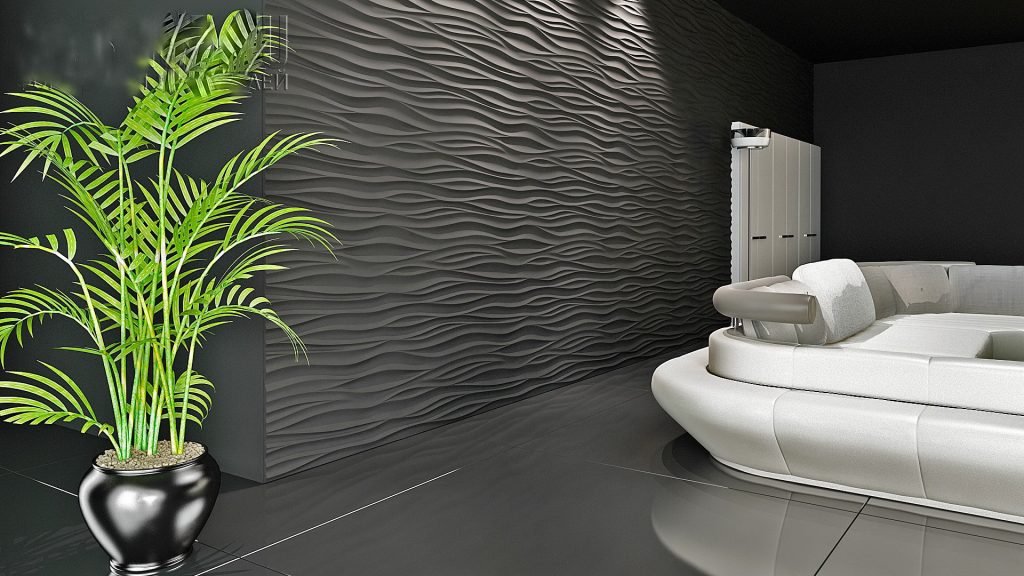
Advantages of 3D wall panels
1 easy installation, can be used on uneven surfaces;
2 resistance to moisture;
3 resistance to abrasion;
4 noise absorption;
5 unusual decorative effect;
6 light weight, easy to carry.
And it is noteworthy that these panels with a 3D effect are produced in an assortment that can satisfy the requirements of almost any consumer. It cannot be said that the relief drawings on the walls are a new phenomenon. Textured plasters and paints have also been used for some time. But, here are the whole stand panels – so far new.
From the stand panels, you can make a room delimiter – a partition, or use it only to decorate one wall, thereby focusing on a certain area of the room.
What are the 3D panels
3D panel has a structure
1 base, which is MDF board or plywood or any other similar material for the stand panels;
2 relief layer, which creates a pattern with indentations. As a material, gypsum, aluminum, wood and others can be used to complete the texture;
3 decorative and strengthening layer. On the front side, embossed patterns are processed with several layers of high-quality enamel, PVC film, and sometimes veneer or leather.
Additionally, the embossed patterns can be equipped with special effects that imitate metal, or fluoresce. These panels amaze with their variety of textures, which further expands their scope. Such bench panels can be used not only for decorating walls, but also for the ceiling, and even for decorating furniture or other decorative elements..
When decorating stand panels, it is worth considering lighting. Skillful placement of lighting fixtures will enhance the 3d effect. For the installation of textured bench panels, no special surface treatment is required. This can be a wall made of brick, wood, concrete, or drywall. If the walls have a flat surface, then the bench panels can be fixed using an adhesive base, or special fixing plates and corners. If there is an unevenness in the walls, then a metal profile can be used, when applied, a small gap will form between the wall and the panel..

